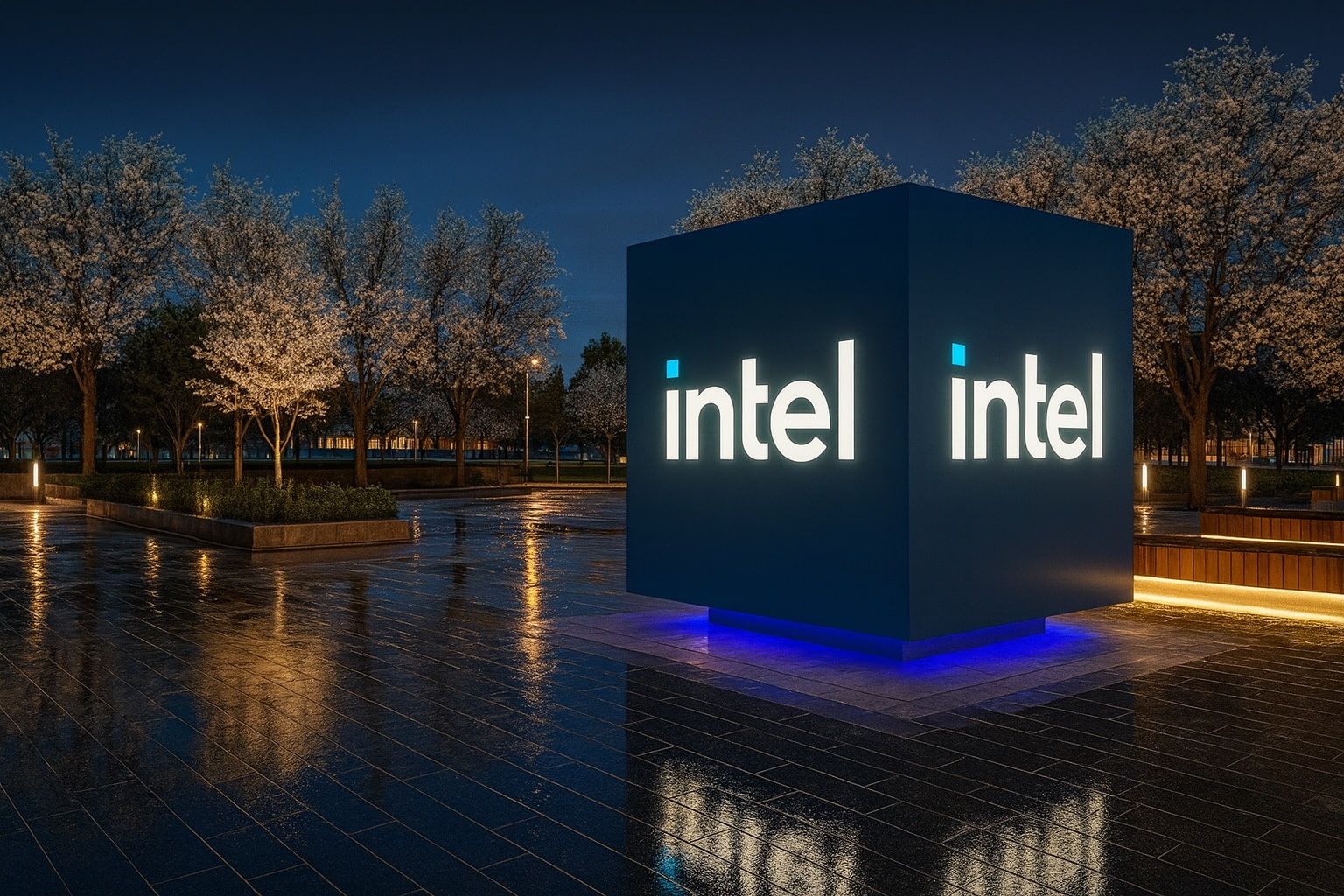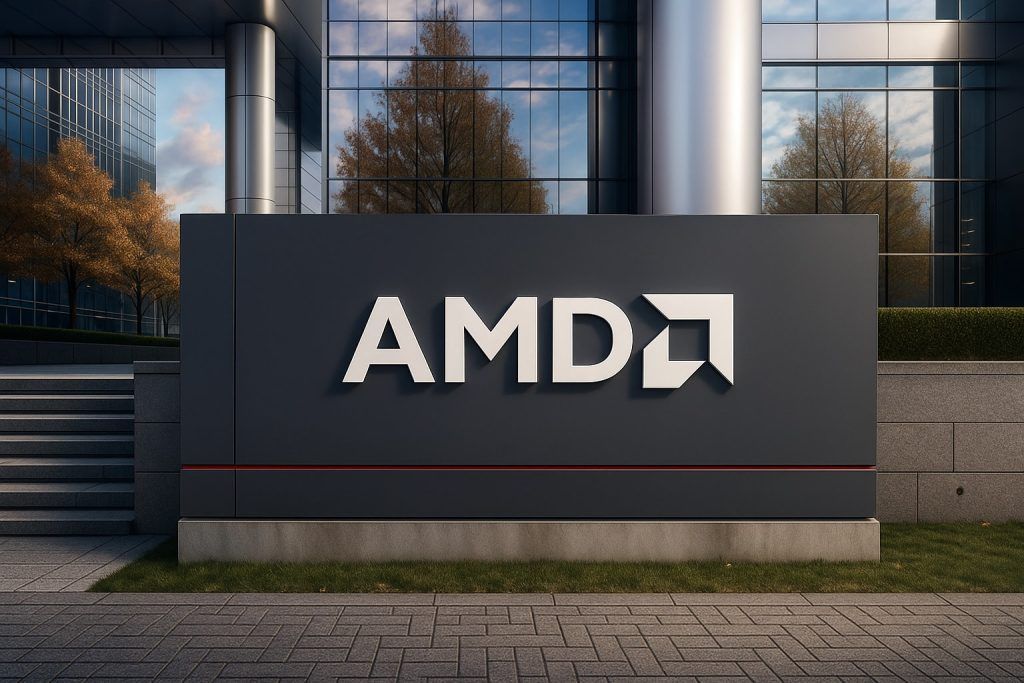Intel (NASDAQ: INTC) traded around the high‑$30s on Wednesday after a fresh collaboration with Cisco on edge AI landed the same day investors weighed macro headwinds and M&A chatter around the chipmaker.
Key takeaways
- New partnership: Intel and Cisco announced an “industry’s first systems approach” to deploy AI workloads at the edge—positioning Intel silicon alongside Cisco’s platforms in retail, industrial, and telco use cases. [1]
- Macro wild card: Reports that China will bar foreign AI chips from state‑funded data centers added uncertainty for U.S. chipmakers with exposure to the region. [2]
- Earnings backdrop: Two weeks ago Intel beat Q3 expectations and guided Q4 revenue to $12.8–$13.8B (non‑GAAP EPS ~$0.08), helping power a sizable year‑to‑date rebound. [3]
- Deal chatter: Press reports say Intel is in early talks to acquire AI‑chip startup SambaNova, aligning with the company’s push to deepen AI capabilities. [4]
- Capital & ownership reset: A late‑summer agreement with the U.S. Department of Commerce exchanged accelerated CHIPS‑related disbursements for common stock and warrants—leaving the federal government with a large equity stake. [5]
Intel stock price today: what’s moving shares
By mid‑afternoon U.S. trading, Intel shares were changing hands near $38, within an intraday range that spanned the mid‑$36s to the mid‑$38s. The move tracked a mixed semiconductor tape as investors rotated around AI winners and laggards following weeks of sharp gains and occasional reversals. [6]
Fresh news for Nov. 5
- Intel–Cisco edge‑AI tie‑up. The companies unveiled a joint “systems approach” to simplify running AI models at the edge, combining Intel compute and acceleration with Cisco’s networking and platforms. For Intel, the move aims to funnel more inference workloads to its CPUs, NPUs and accelerators, where deployment constraints (power, latency, connectivity) favor “good‑enough” AI over hyperscale training. [7]
- China’s reported ban on foreign AI chips in state data centers. Reuters reported today that China will restrict non‑domestic AI chips in state‑funded data centers. While Intel’s current AI‑GPU share is smaller than Nvidia’s, the policy represents a headline risk for any U.S. vendor participating in Chinese AI infrastructure. [8]
- Markets context. A broader tech wobble—driven by questions about AI spending intensity and stretched valuations—kept traders cautious during the morning session. [9]
The earnings backdrop: why INTC rerated this fall
Intel’s late‑October report topped estimates and nudged guidance higher. The company posted Q3 revenue of ~$13.7B and non‑GAAP EPS of $0.23, while guiding Q4 revenue to $12.8–$13.8B and non‑GAAP EPS of ~$0.08 (Altera deconsolidated). The print, plus cost controls, helped extend 2025’s rally. [10]
Separately, Intel amended its CHIPS arrangement with the U.S. government, receiving accelerated funding and agreeing to issue common shares and warrants to the Department of Commerce. Intel’s Form 8‑K filed Aug. 25 details up to ~433 million common shares issued or escrowed and warrants for ~240.5 million shares tied to conditions around the foundry business—an unusually large public stake for the U.S. government in a major technology company. [11]
Strategy & deal watch: AI focus and possible SambaNova acquisition
Bloomberg and Reuters reporting indicates Intel has held early talks to acquire SambaNova, a startup that designs systems and custom chips for enterprise AI. A deal could boost Intel’s AI roadmap—especially inference and domain‑specific acceleration—though talks are preliminary and may not result in a transaction. [12]
Intel has also courted external capital and partnerships this year. Notably, SoftBank agreed in September to purchase $2B of newly issued Intel shares, reinforcing investor focus on Intel’s liquidity and AI ambitions. Media have also chronicled a series of AI‑centric collaborations and manufacturing milestones Intel hopes will tighten its competitive posture into 2026. [13]
Analyst chatter and positioning
The sell side remains divided after Intel’s big rebound.
- Tigress Financial raised its price target to $52 Tuesday while maintaining a Buy—flagging improving product momentum and strategic optionality. [14]
- Others are more cautious: Bank of America downgraded Intel to Underperform in October after the market‑cap surge; several trackers show a mixed “Hold/Reduce” consensus with a wide target range. [15]
Options data and trader previews this morning underscored elevated event‑risk expectations around Intel in the near term, with macro headlines and AI‑capex narratives driving short‑dated flow. [16]
What to watch next
- Edge‑AI traction from the Cisco pact. Near‑term proof points include pilot deployments and attach rates for Intel’s latest edge‑class CPUs/accelerators inside Cisco environments. [17]
- Policy risk from China. Clarity on scope, enforcement, and carve‑outs for existing systems will determine how much of Intel’s potential AI‑chip opportunity in China remains addressable. [18]
- Product cadence. Intel’s Panther Lake PC platform targets early 2026; investors will watch for interim AI‑PC momentum and any updates on data‑center accelerators slated for next year. [19]
- Capital structure and foundry progress. Follow‑ups to the government‑equity agreement, customer wins for Intel Foundry, and any asset moves will influence valuation. [20]
- M&A outcomes. Any confirmation (or dismissal) of the SambaNova talks could swing sentiment around Intel’s AI positioning. [21]
Bottom line
On Nov. 5, Intel’s stock is stabilizing near the high‑$30s as investors digest a new Cisco edge‑AI partnership, evolving China AI‑chip restrictions, and deal chatter around AI accelerators. The Q3 beat and funding realignment with Washington remain this fall’s key pillars, but execution on product and customers in 2026’s AI cycle will be decisive for the next leg of the trade. [22]
This article is for information only and is not investment advice.
References
1. newsroom.intel.com, 2. www.reuters.com, 3. www.intc.com, 4. www.reuters.com, 5. www.intc.com, 6. www.bloomberg.com, 7. newsroom.intel.com, 8. www.reuters.com, 9. www.wsj.com, 10. www.intc.com, 11. www.intc.com, 12. www.reuters.com, 13. www.ft.com, 14. www.marketbeat.com, 15. finance.yahoo.com, 16. www.investopedia.com, 17. newsroom.intel.com, 18. www.reuters.com, 19. www.reuters.com, 20. www.intc.com, 21. www.reuters.com, 22. newsroom.intel.com





